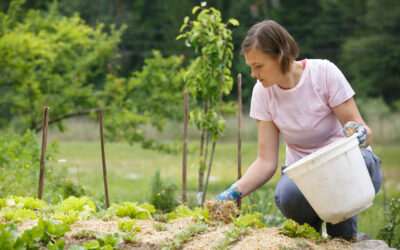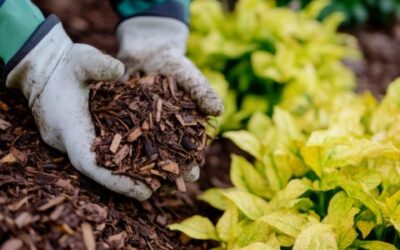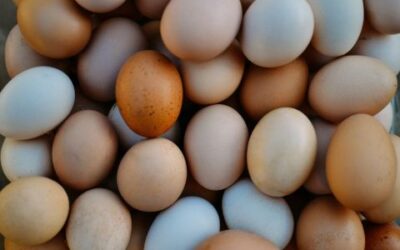Mackenzie Fitzpatrick has a lot of surprises up her sleeve as part of her hands-on presentation of the equine digestive system. One of those surprises is the meaningful role of bugs – that is, bacteria and fungi – in the healthy digestion of the horse. Think you’re feeding hay and other products to deliver fiber to the horse? In fact, it’s the microbes that live inside of the cecum, or fermentation sac, that you’re feeding, not the horse.
 The cecum holds the large, multifaceted population of bacteria and fungi that are doing the work of digesting. “The horse is essentially a landlord and gives these bugs a nice place to live,” said Fitzpatrick. “In return, the bugs pay rent back to the horse in the form of volatile fatty acid and heat energy.” The cecum of the horse is similar to the appendix of the human, suggesting that at one point humans may have had a higher forage content diet and the appendix may have served a similar purpose.
The cecum holds the large, multifaceted population of bacteria and fungi that are doing the work of digesting. “The horse is essentially a landlord and gives these bugs a nice place to live,” said Fitzpatrick. “In return, the bugs pay rent back to the horse in the form of volatile fatty acid and heat energy.” The cecum of the horse is similar to the appendix of the human, suggesting that at one point humans may have had a higher forage content diet and the appendix may have served a similar purpose.
Learning about the role of bugs can be a little creepy (kids love that part, Fitzpatrick said) but understanding their role has some important takeaways. As Fitzpatrick’s presentation shows, bugs can be finicky, and they can die when a horse’s diet experiences a rapid transition. It may be a transition from dry hay to pasture, from pasture to bagged forage, even from grain bag A to grain bag B. The horse’s microbial population can even be disturbed as a result of deworming.
These disruptions can set off a chain of chemical reactions. Decomposing bugs create lactic acid that can get into the gut and travel through the bloodstream, resulting in maladies such as colic, foot issues such as founder or laminitis, and a number of other health issues. It’s an important reminder to horse owners to always make changes to a horse’s diet gradually. And a reminder to all of us to hold the lowly bug in high esteem!




